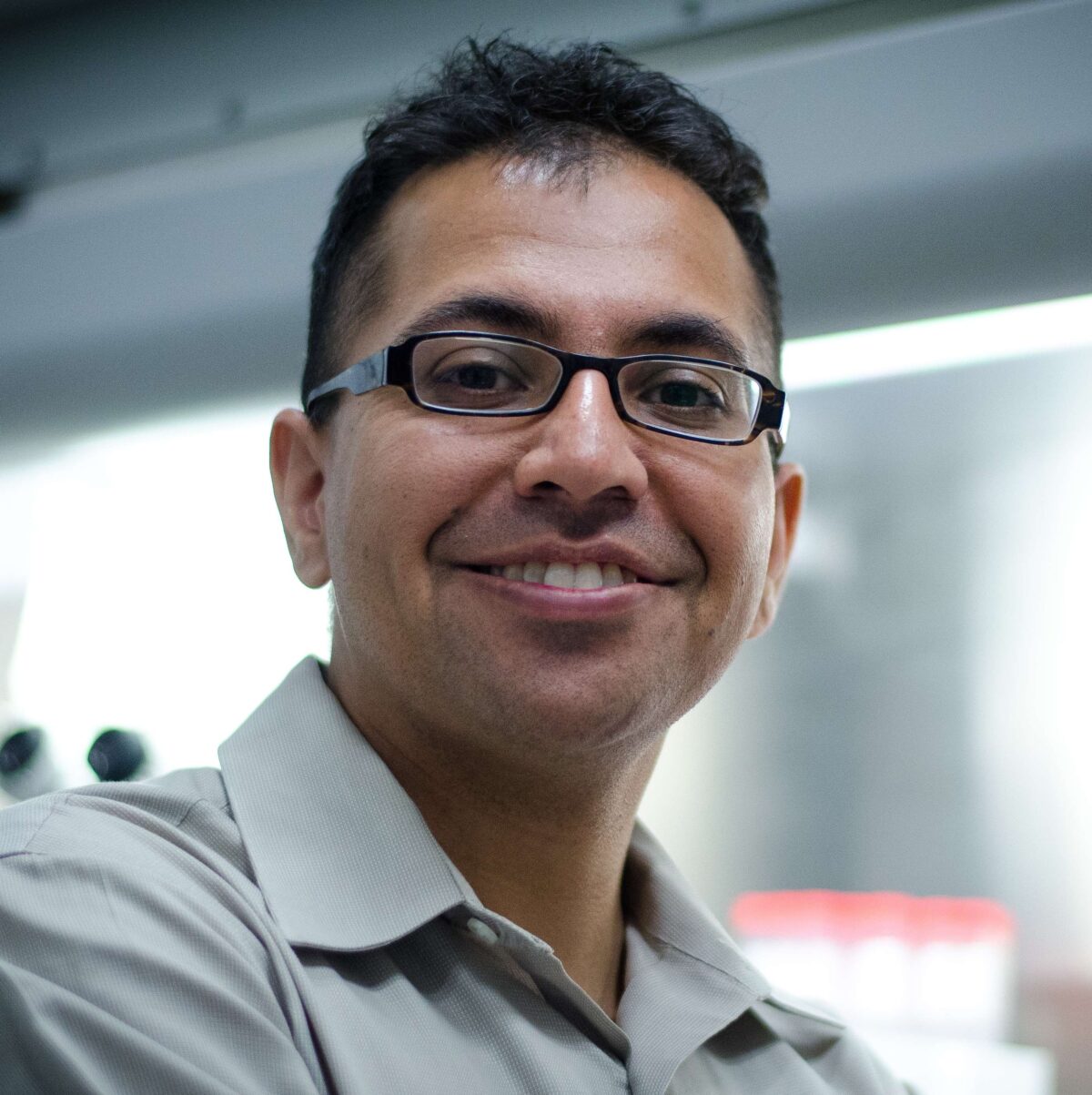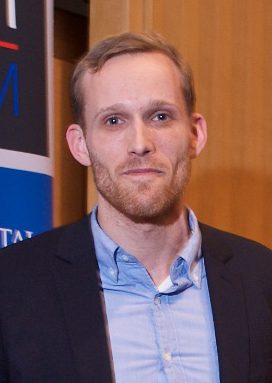Vikram (Vik) Khurana is on the Neurology faculty at Harvard Medical School. He is currently the Chief of the Movement Disorders Division at Brigham and Women’s Hospital and a principal research investigator in the Ann Romney Center for Neurologic Diseases. He is also Principal faculty at the Harvard Stem Cell Institute, an Associate Member at the Broad Institute of Harvard and MIT, and a Robertson Stem Cell Investigator of the New York Stem Cell Foundation. In 2014, Vik co-founded the biotech company Yumanity Therapeutics, where he currently serves as Senior Advisor.
Vik’s clinical and research interests relate to neurodegenerative movement disorders, including Parkinson’s disease, multiple system atrophy, progressive supranuclear palsy and the cerebellar ataxias. He grew up in Sydney, Australia, and is a medical graduate of the University of Sydney. He came to Boston as a Fulbright Scholar in 2001, obtaining his Ph.D. in neurobiology from Harvard University in 2006. His dissertation adviser was Dr Mel Feany in the Department of Pathology at Brigham and Women’s Hospital. He completed his residency in neurology at Brigham and Women’s and Massachusetts General Hospitals, and Fellowship training in movement disorders and ataxia at Massachusetts General Hospital with Drs Jeremy Schmahmann, John Growdon and Lew Sudarsky. During that time, he was awarded grants from the American Brain Foundation, Parkinson’s Disease Foundation, Multiple System Atrophy Coalition and Harvard Neurodiscovery Center.
Vik received postdoctoral scientific training in the laboratories of Drs Susan Lindquist and Rudolf Jaenisch at the Whitehead Institute, where, along with his wife Chee Yeun Chung, he led a study that succeeded in identifying and reversing pathologies in stem cell models of Parkinson’s disease (Chung*, Khurana* et al. Science 2013). As you will see on this website, Vik’s current research efforts continue toward development of therapies for neurodegenerative diseases by using models as simple as Baker’s yeast cells, to much more complex human stem cell- and organoid-based models. He is thrilled to have such a great team to join him on this quest.
Once upon a time Vik enjoyed playing blues guitar, photography and long-distance kayaking. These days, in his spare time he struggles to keep up with his two young daughters. Vik would be quite incapacitated without the constant support of his life and scientific partner, Chee Yeun, and his extended family in Australia.


